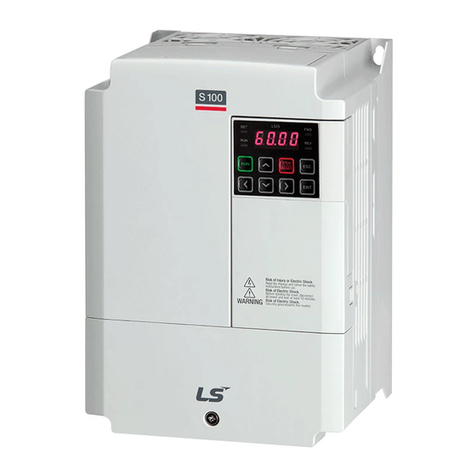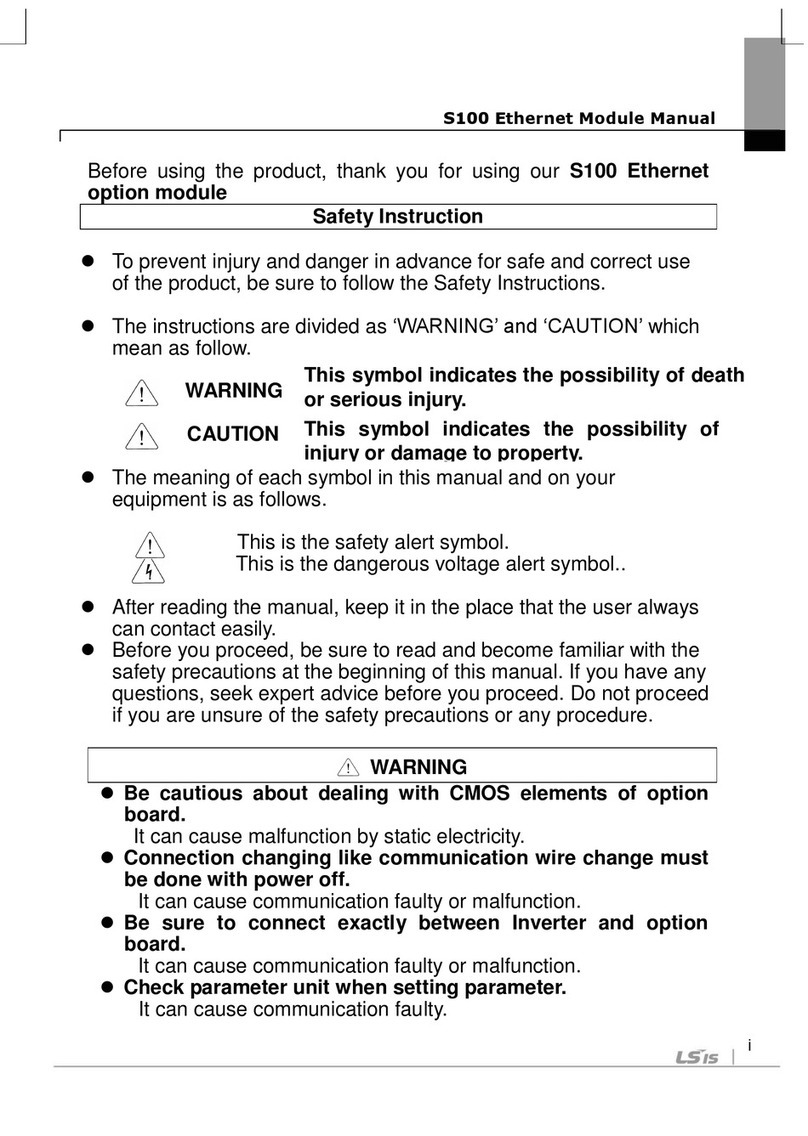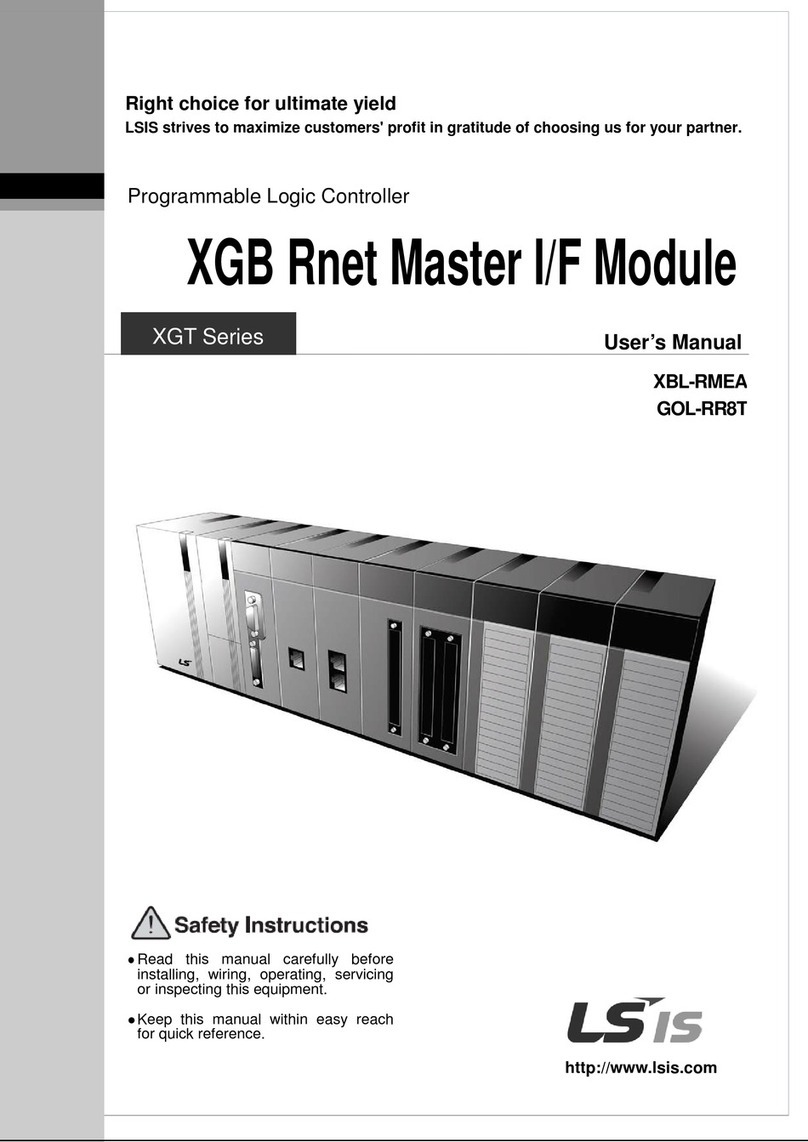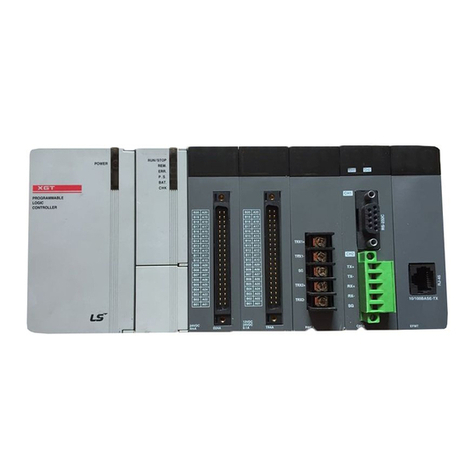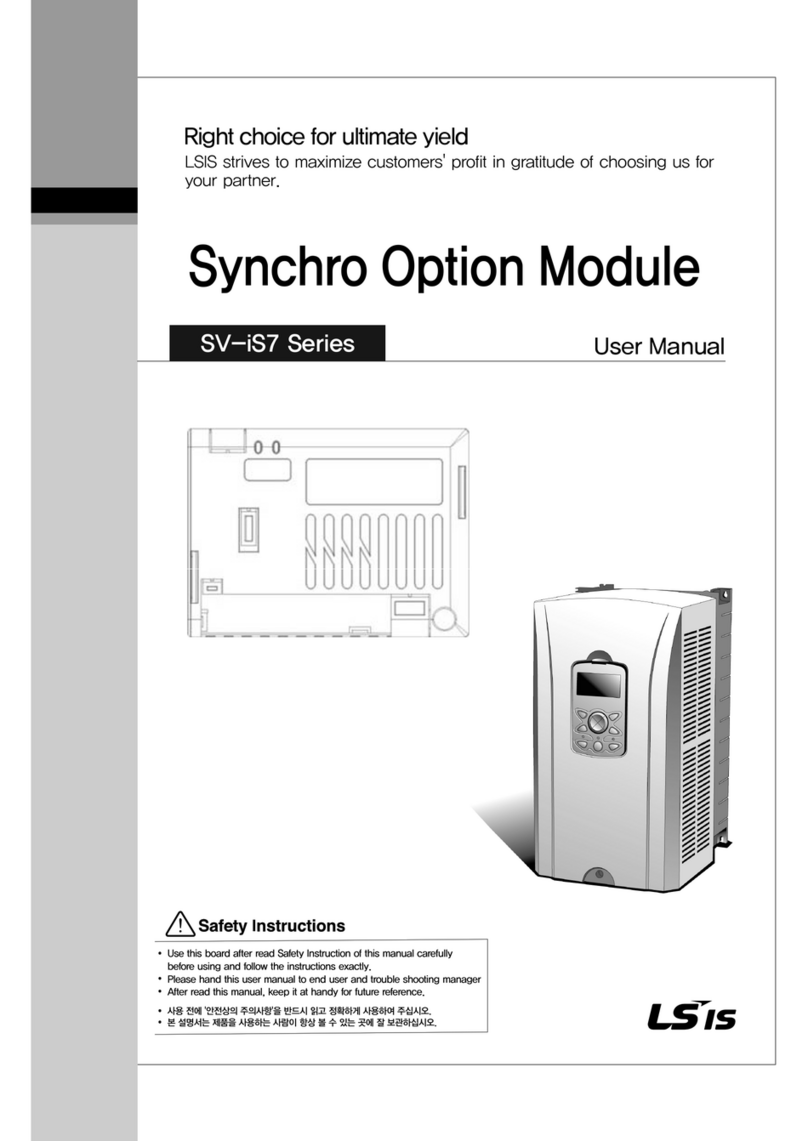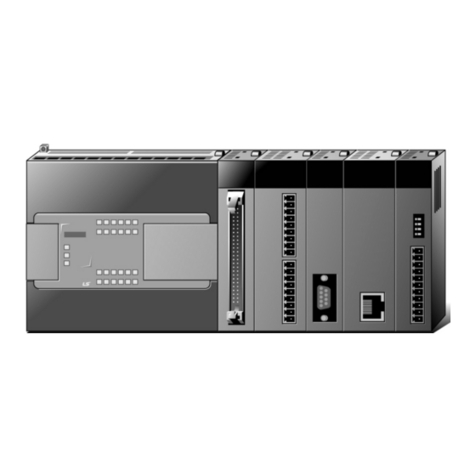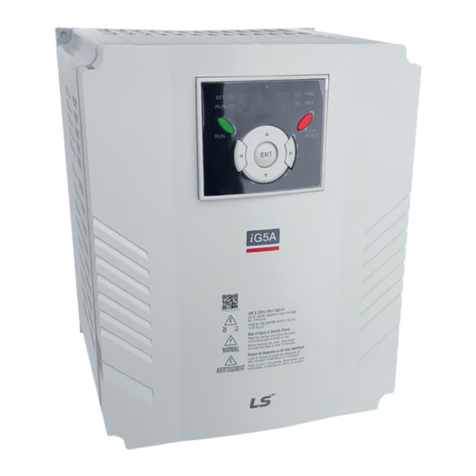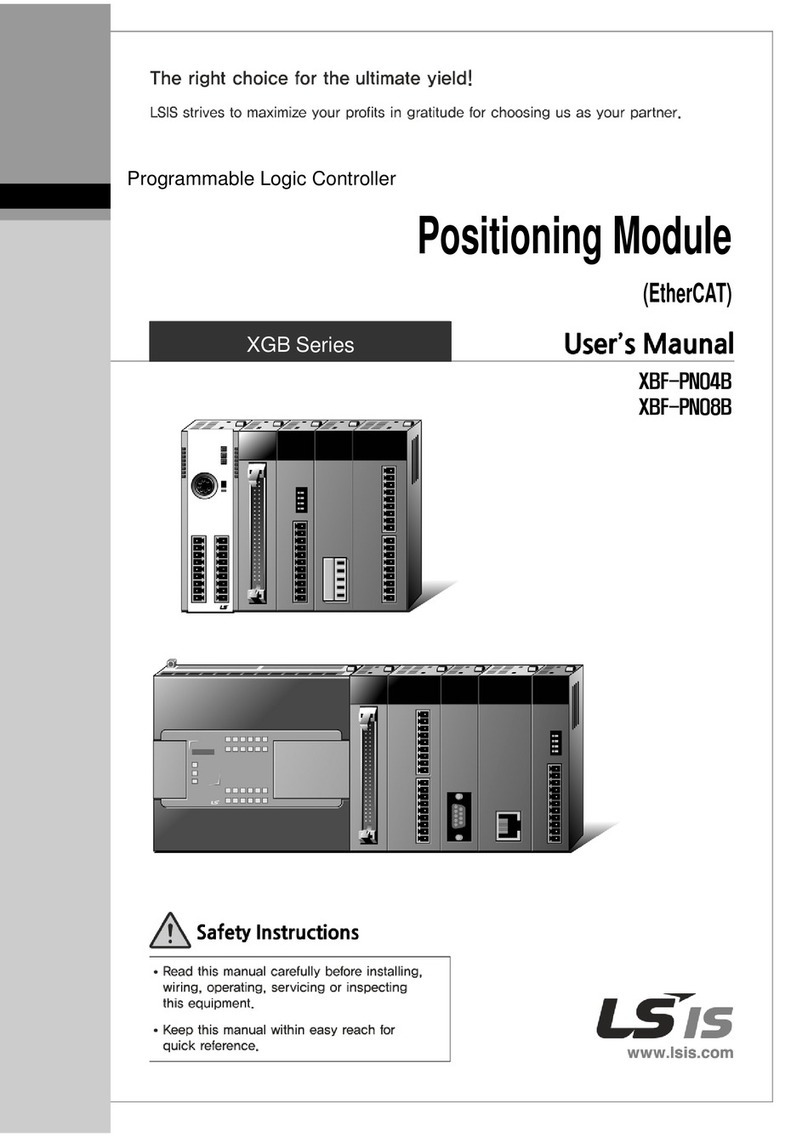
S100 PROFInet Option Manual
Table of Contents
1About the Product........................................................................................... 1
1.1 PROFInet Technical Features................................................................. 1
1.2 Included Items ........................................................................................ 1
1.3 GSDML File............................................................................................ 1
2Part Names and Installation............................................................................ 2
2.1 Exterior................................................................................................... 2
2.2 Installation .............................................................................................. 2
2.3 PROFInet Communication Module Front Panel ...................................... 5
3Network Connections...................................................................................... 7
3.1 Network Cable Contacts......................................................................... 7
3.2Communication Cable Connector ........................................................... 7
3.3 Network Cable Specification................................................................... 7
4PROFInet Communication Related Keypad Parameters............................... 8
5Keypad Parameters Related to PROFInet Communication Module........... 10
5.1 CNF Group........................................................................................... 10
5.2 DRV Group........................................................................................... 10
5.3 COM Group...........................................................................................11
5.4 PRT Group............................................................................................ 13
6PROFIdrive Status Diagram.......................................................................... 14
7Supported PROFIdrive Cyclic Telegram ...................................................... 16
7.1 Standard Telegram (Mode : 0) .............................................................. 16
7.2 Vendor Specific Telegram (Mode : 1).................................................... 16
8Supported PROFIdrive Parameters.............................................................. 22
9Fault Message Counter (PNU[944]) and Fault Number (PNU[947]) ............ 24
10 Accessing the S100 Common Parameters using the PROFIdrive
Parameters..................................................................................................... 28
11 Accessing S100 Inverter Parameters using the PROFInet Record Data
Object............................................................................................................. 30
12 Processing the Alarms.................................................................................. 31
13 Trouble Shooting........................................................................................... 32
